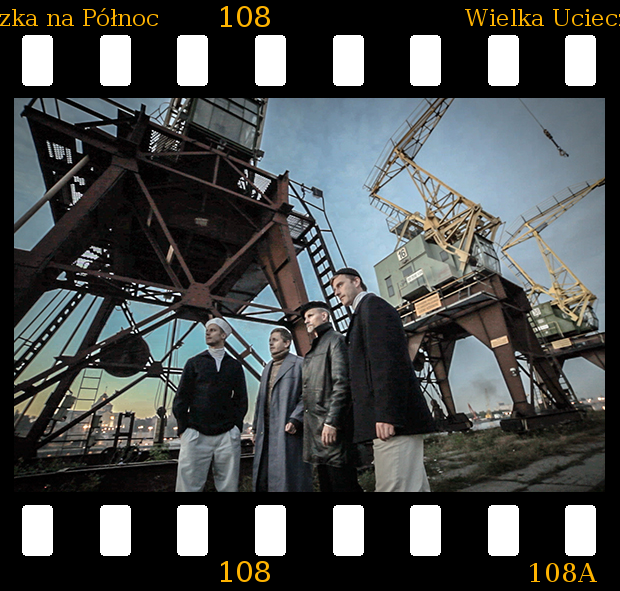The Great Escape to the North

In 1943 the captives of Stalag Luft III in Żagań, which was a camp for pilots of different nationalities, began preparations for one of the biggest escapes during World War II.
The action consisted in digging three tunnels at the same time. "Harry" is the name of the longest tunnel dug at a depth of 9 meters, which headed north. The trench was about 110 meters long. Finally, on the night of March 24-25, 1944, 76 pilots escaped from the camp. As a result of the pursuit of the escapees, most of them were caught. For two Norwegian RAF pilots (Jens Miller and Peter Bergsland) Szczecin became a gateway to freedom. It was one of the largest organized escapes of POWs, known around the world as the Great Escape.
Below are the places that were film sets in the film:
1. A shelter under the station

In 1943 the captives of Stalag Luft III in Żagań, which was a camp for pilots of different nationalities, began preparations for one of the biggest escapes during World War II.
The action consisted in digging three tunnels at the same time. "Harry" is the name of the longest tunnel dug at a depth of 9 meters, which headed north. The trench was about 110 meters long. Finally, on the night of March 24-25, 1944, 76 pilots escaped from the camp. As a result of the pursuit of the escapees, most of them were caught. For two Norwegian RAF pilots (Jens Miller and Peter Bergsland) Szczecin became a gateway to freedom. It was one of the largest organized escapes of POWs, known around the world as the Great Escape.
2. Pijalnia Piwa in the Old Town

Somewhere in the Sienny Market Square, Szczecin, which during World War II was still famous for its excellent breweries, and especially in the port areas of the city there were many small bars selling local beer. The protagonists of the film could hide here for a longer time to wait until dusk.
3. Zamek Cinema

In one of the cinemas in Szczecin (in the adaptation it is the Zamek cinema), maybe also Pionier (everything seems to indicate that it was the current Pionier cinema), they wait until the end of the day in order to reach a contact point in the old town after night falls. Allied prisoners of war often escaped from German camps, Szczecin was one of the most important transfer places for Raf's pilots, a real gateway to freedom.
4. The Old Town

The Old Town (anywhere in the vicinity of Mała Odrzańska St.) in one of the tenement houses there was a public house that citizens of Nazi Germany could not enter. Such places were used as contact points for German oppositionists and saboteurs. As it was known by Norwegian pilots, here you could also meet sailors. The Allied airmen were well prepared for the escapes, their uniforms could easily be converted into civilian clothes, compasses were assembled in the buttons and the Germany, plunging into crisis and starvation, made it easy to bribe the camp guards and for a piece of chocolate to receive a current newspaper, helpful in planning the escape.
5. Łasztownia Island

Finally, Łasztownia Island became the gateway to freedom, where a Swedish ship was moored and, thanks to the help of Swedish sailors, it was possible to hide fugitives from the Great Escape in the ship. They sailed to Sweden on the second day of their stay in Szczecin. After arriving in Sweden, they directed their steps to the British consul, who helped them to reach the country safely. Two days later, two more escapees of the Great Escape, Polish navigator Paweł Tobolski and his companion, the famous British airman Harry Day pseudonym "Wings", arrive in Szczecin. Unfortunately, these two were captured.
